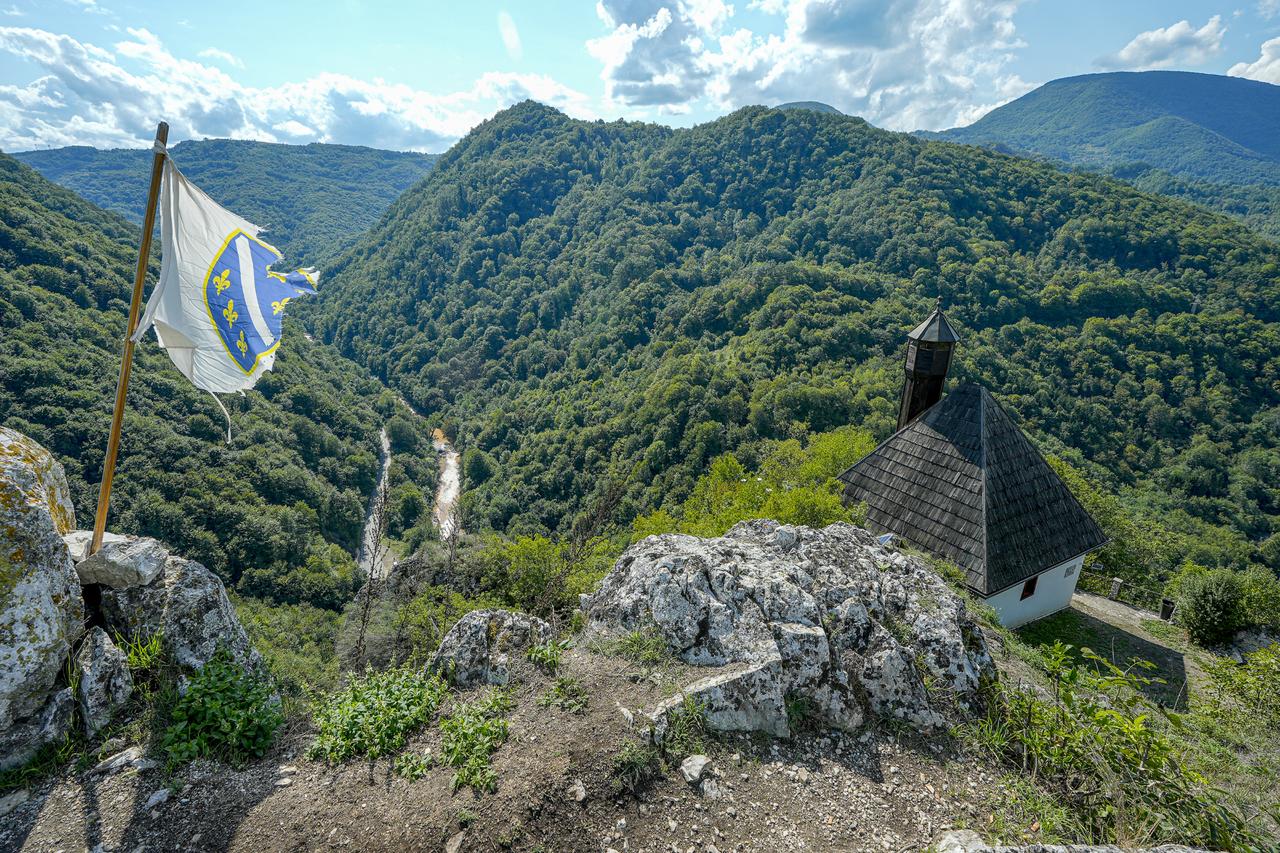
Near the city of Zvornik in eastern Bosnia and Herzegovina, Kuslat Mosque has stood for more than five centuries. Built by Ottoman soldiers during the conquest of Bosnia in the second half of the 15th century, the mosque is located high on a steep hilltop, which has earned it the nickname “eagle’s nest.” From a distance, its white structure can be seen emerging from the forest, leading locals to call it the “mosque in the sky.”
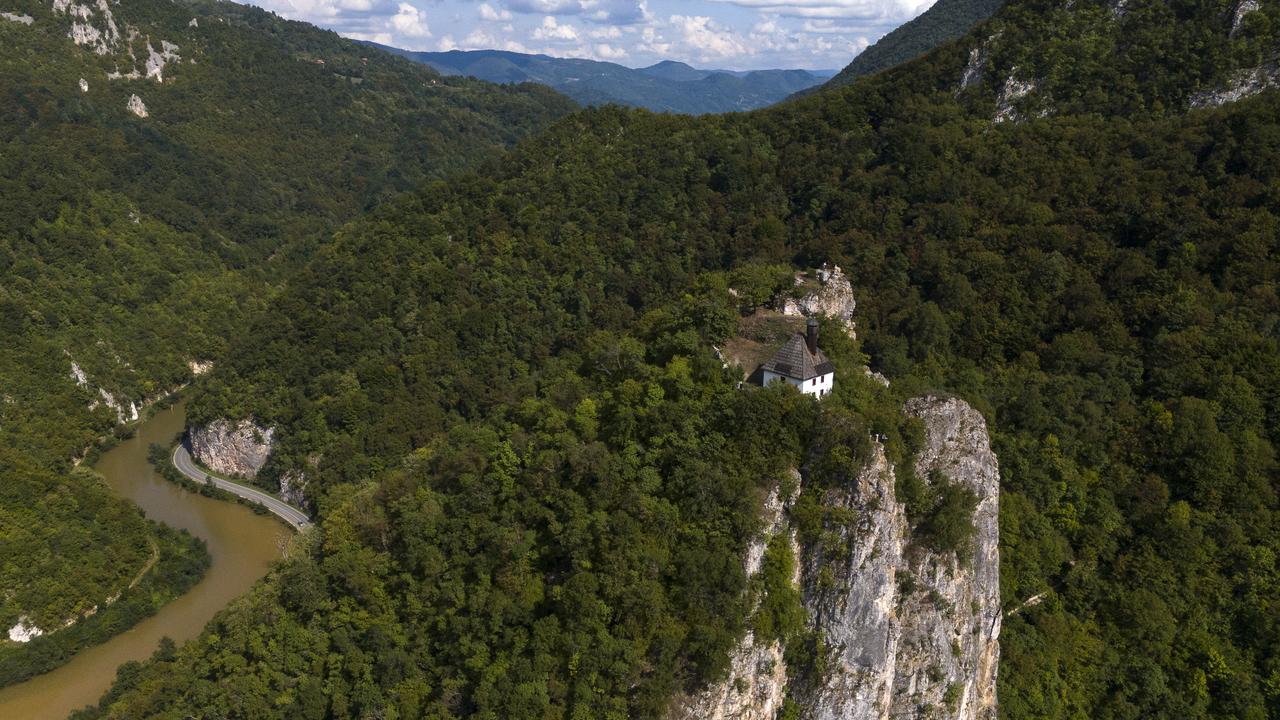
Historical records suggest that Ottoman troops built the mosque between 1460 and 1480 so they could pray while stationed in the region. This makes Kuslat one of the oldest mosques in Bosnia and Herzegovina.
Access is challenging: visitors must first drive to a certain point and then continue on foot along a narrow forest path for about half an hour. Those who make the climb are rewarded with a striking panoramic view of the surrounding landscape.
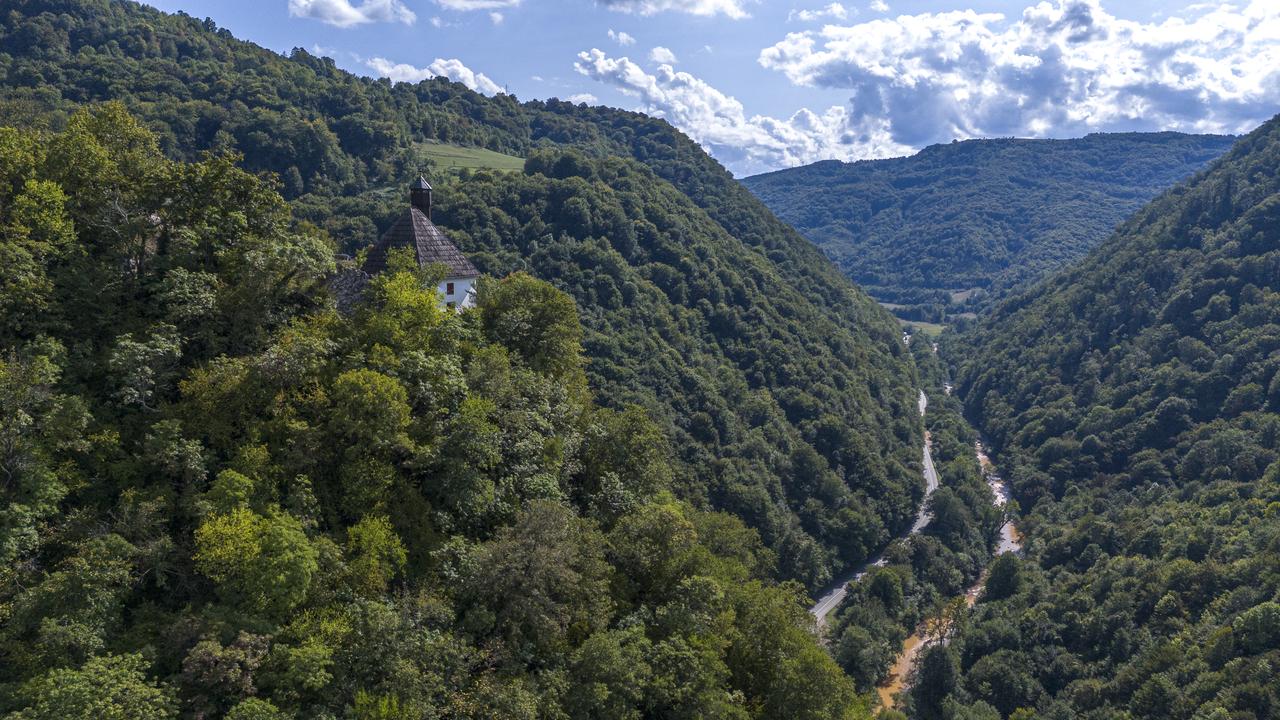
The Ottoman traveler Evliya Celebi, known for his monumental 17th-century travelogue Seyahatname, also mentioned Kuslat Mosque.
Since it was built during the reign of Sultan Mehmed II, known as Mehmed the Conqueror, Celebi referred to it as “Ebul Feth Mosque,” meaning the “Mosque of the Conqueror.”
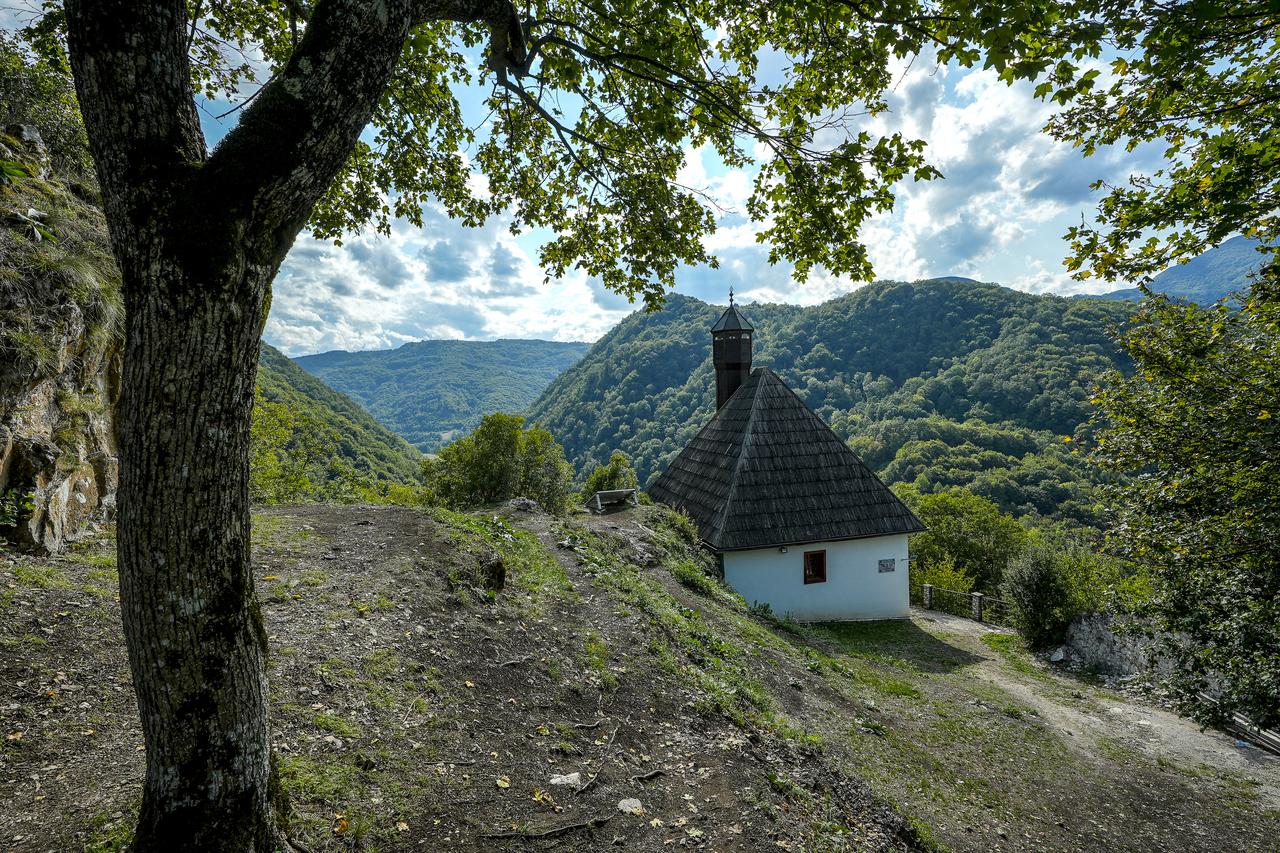
For many in the area, the mosque carries deep spiritual and cultural significance. Twenty-one-year-old Ahmed Huremovic explained that he often visits to find peace and quiet, describing the site as a place with “a rich history.”
Because of its difficult location, daily prayers are not held there, but Friday prayers take place during the holy month of Ramadan.
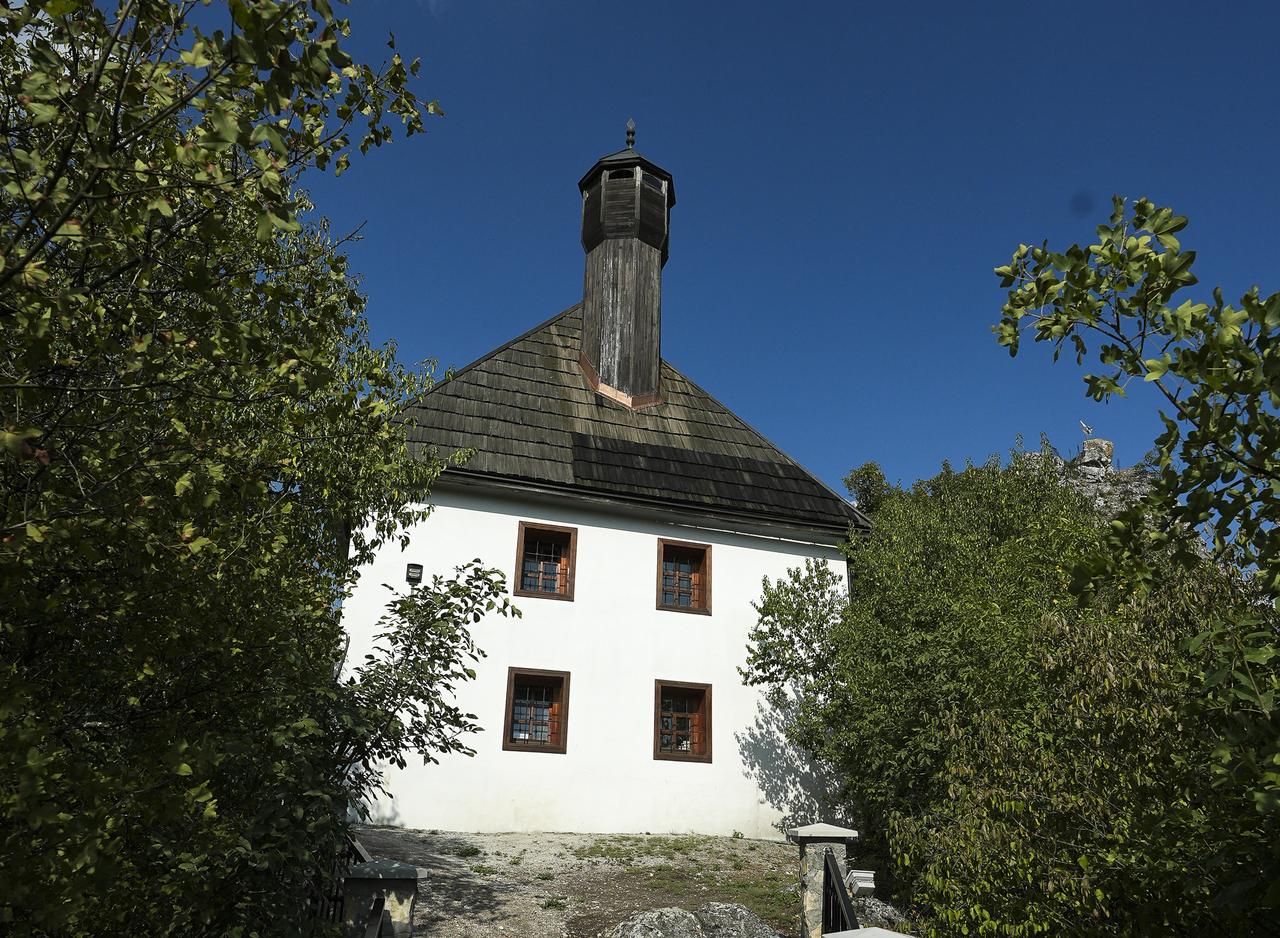
Like hundreds of mosques across Bosnia, Kuslat was destroyed during the 1992-95 Bosnian War when Serbian forces burned it down. After years of ruin, the mosque was restored and reopened for worship in 2013.
Today, it continues to stand as a symbol of faith, resilience, and the enduring legacy of Ottoman heritage in the Balkans.